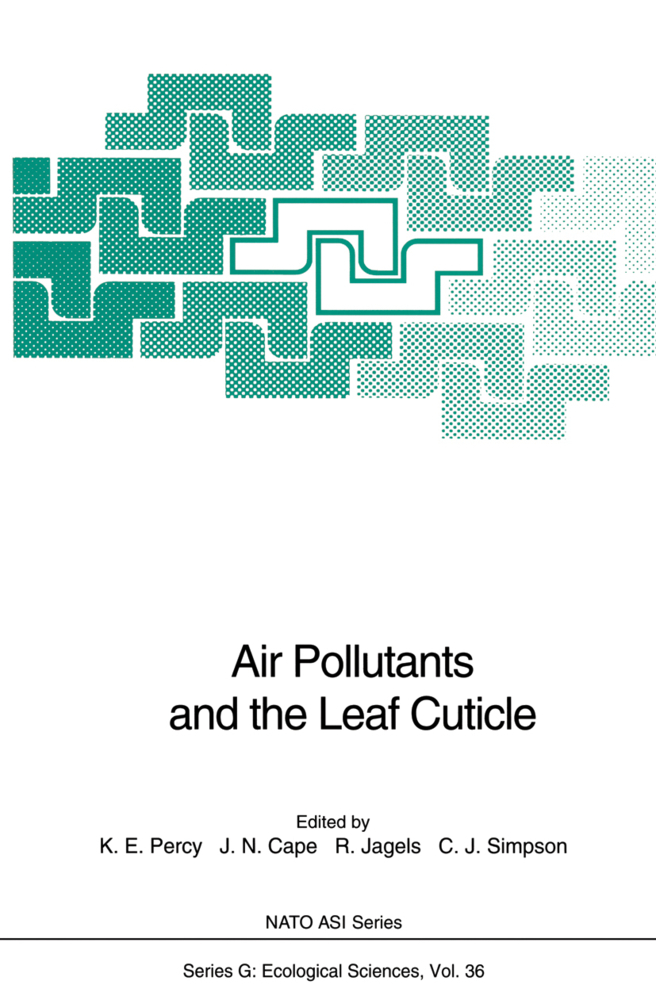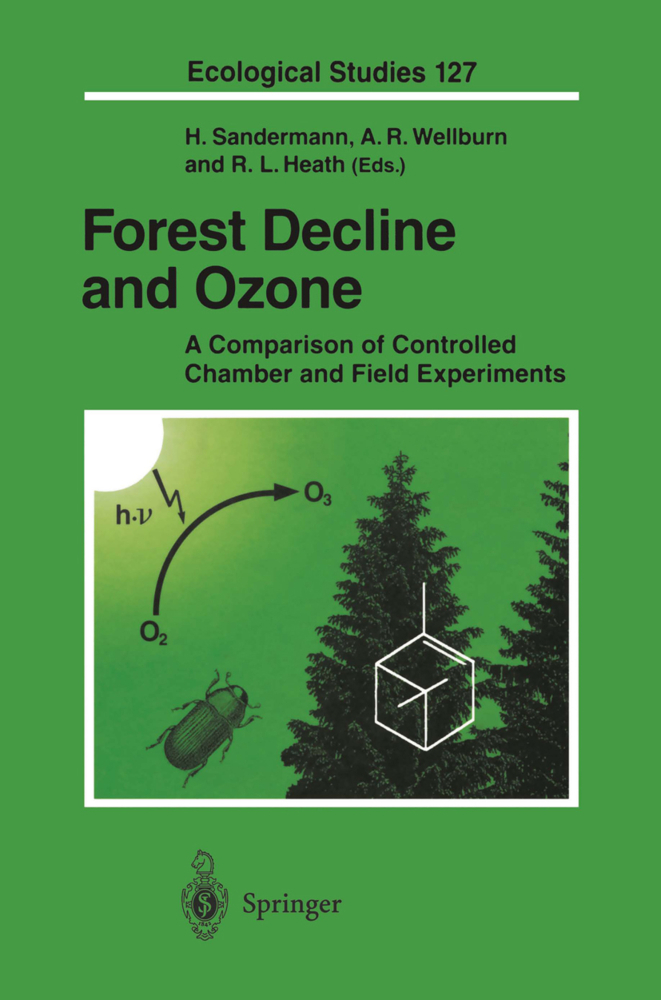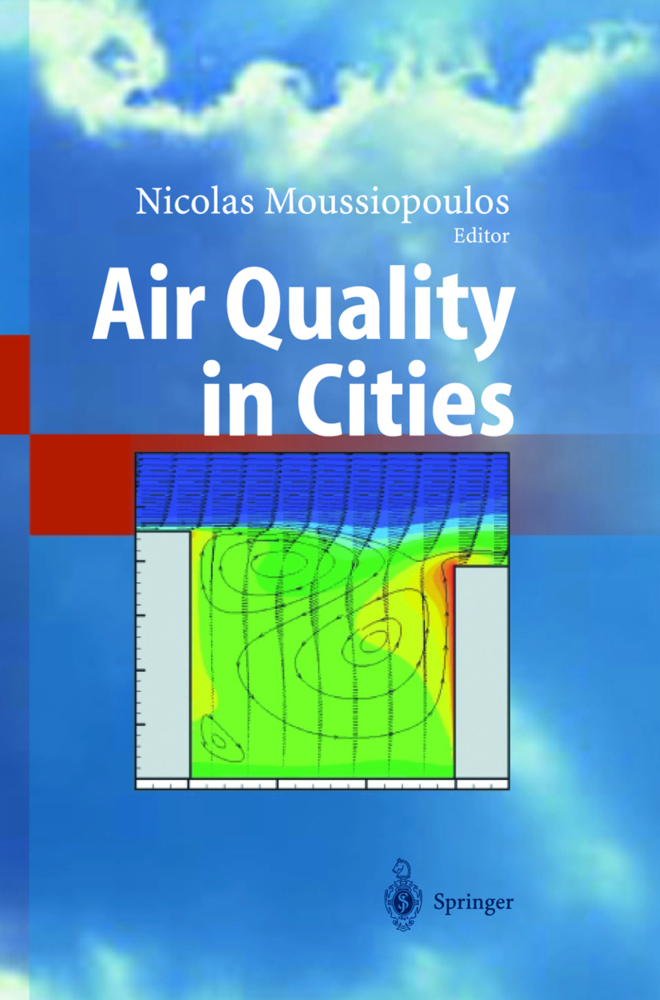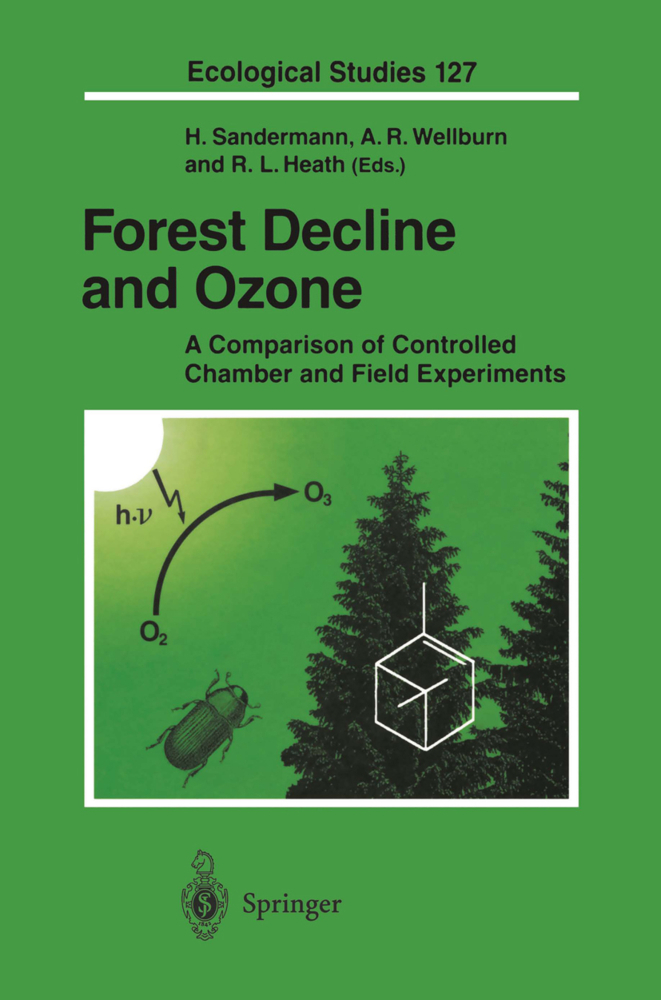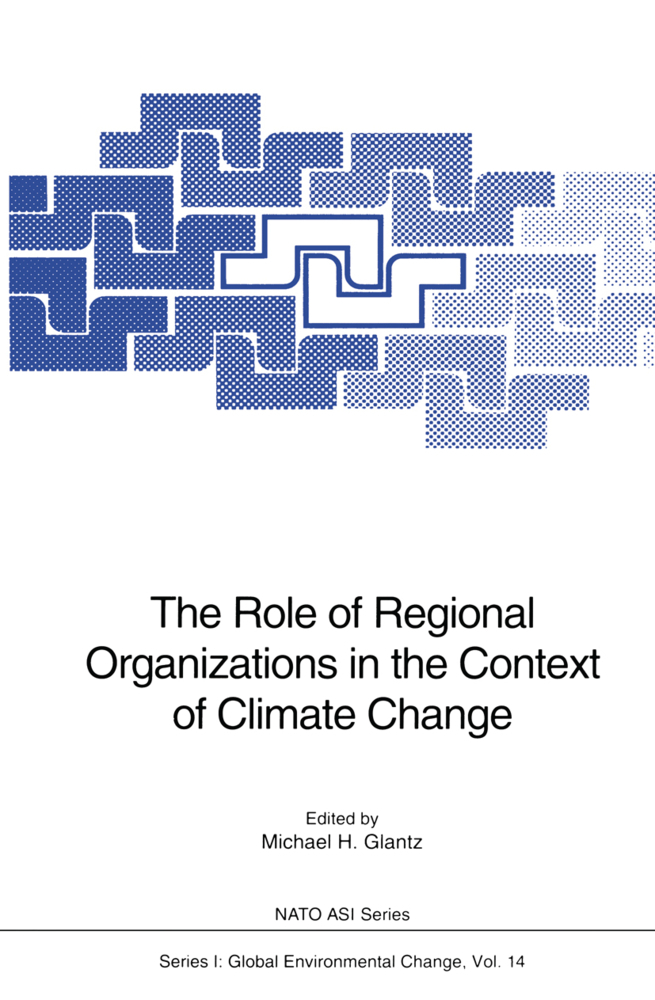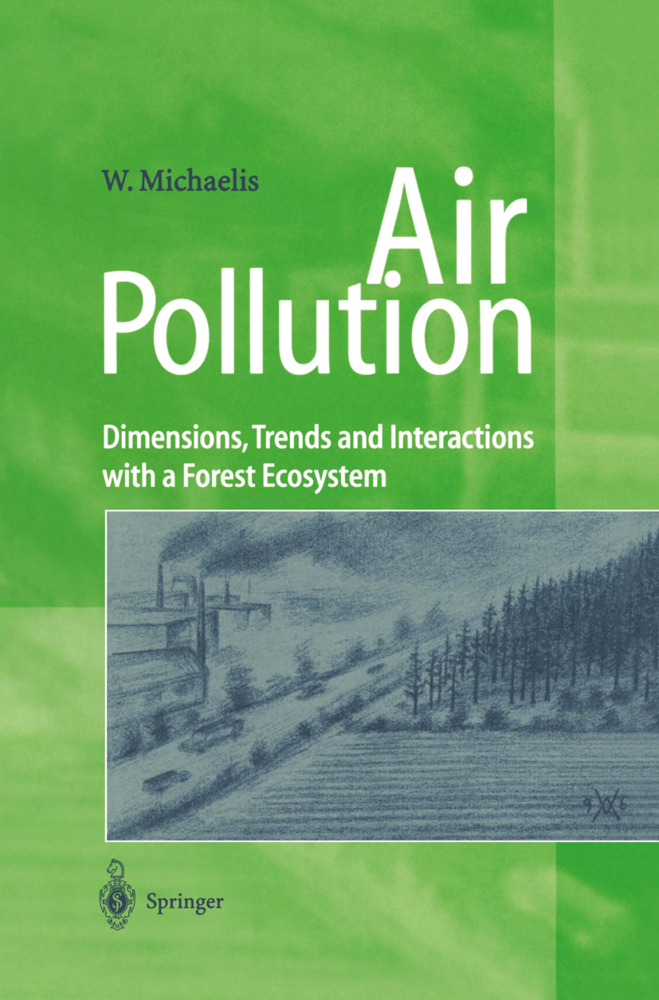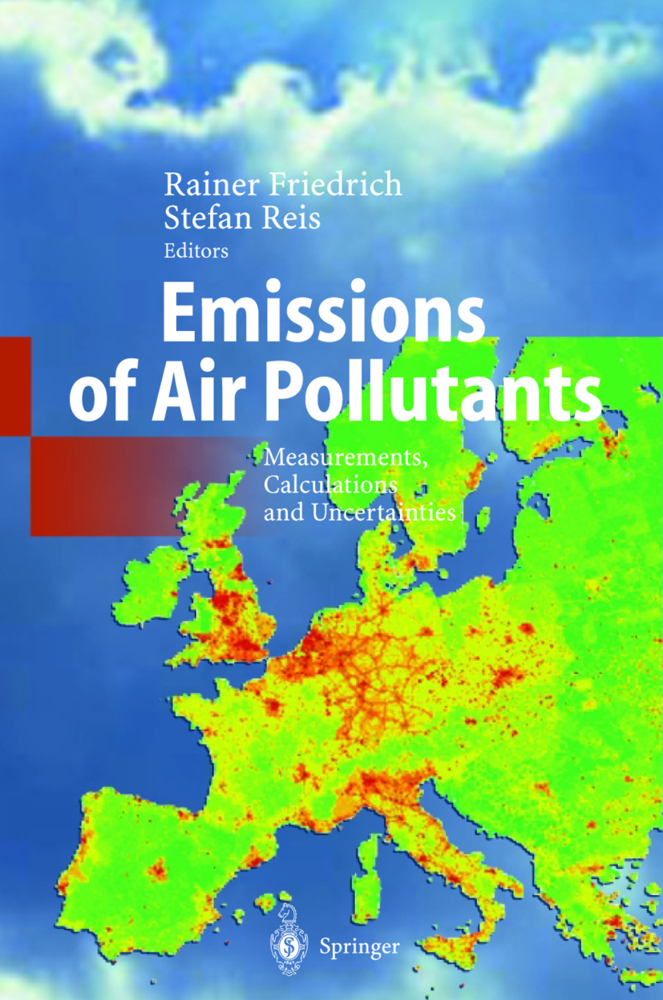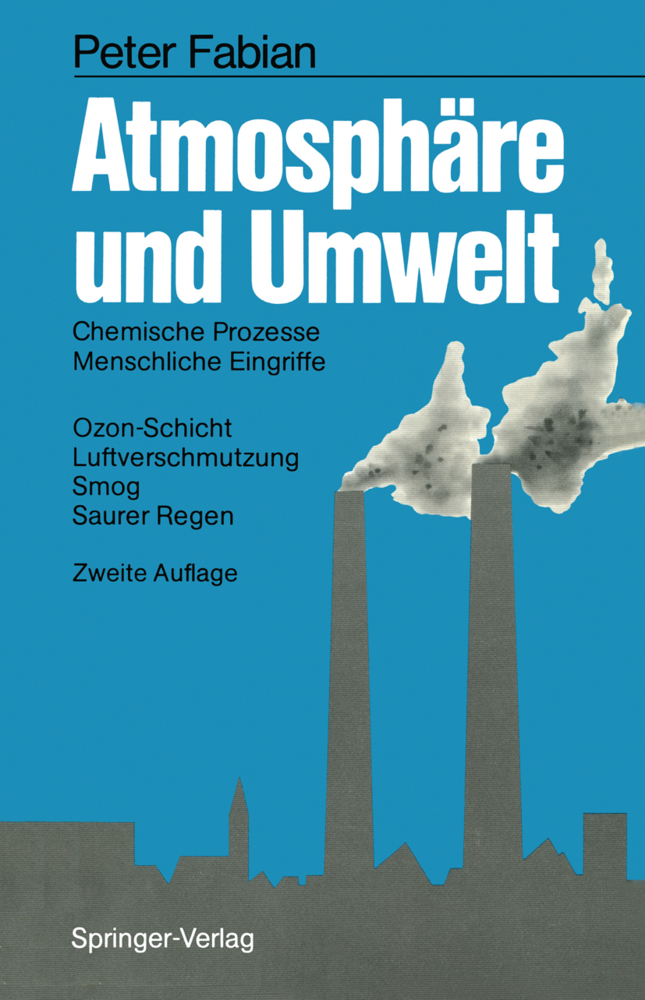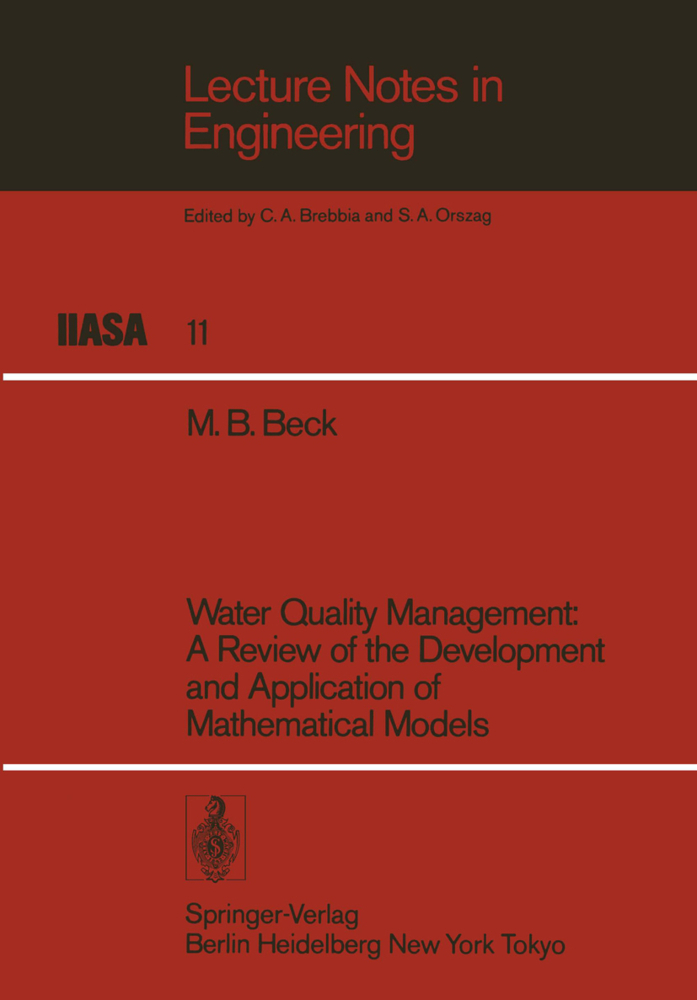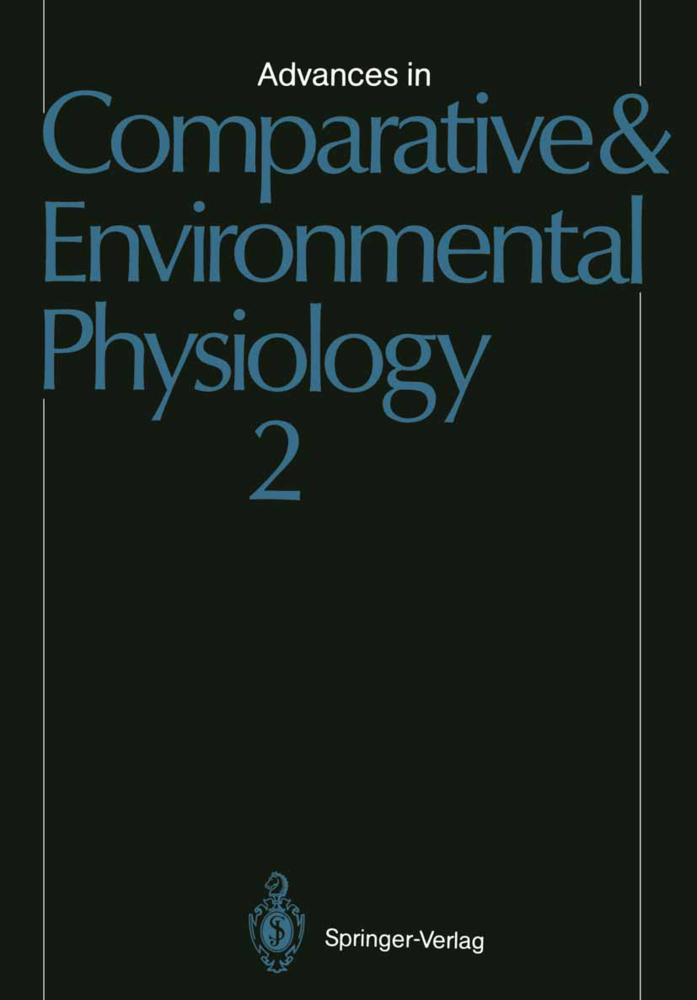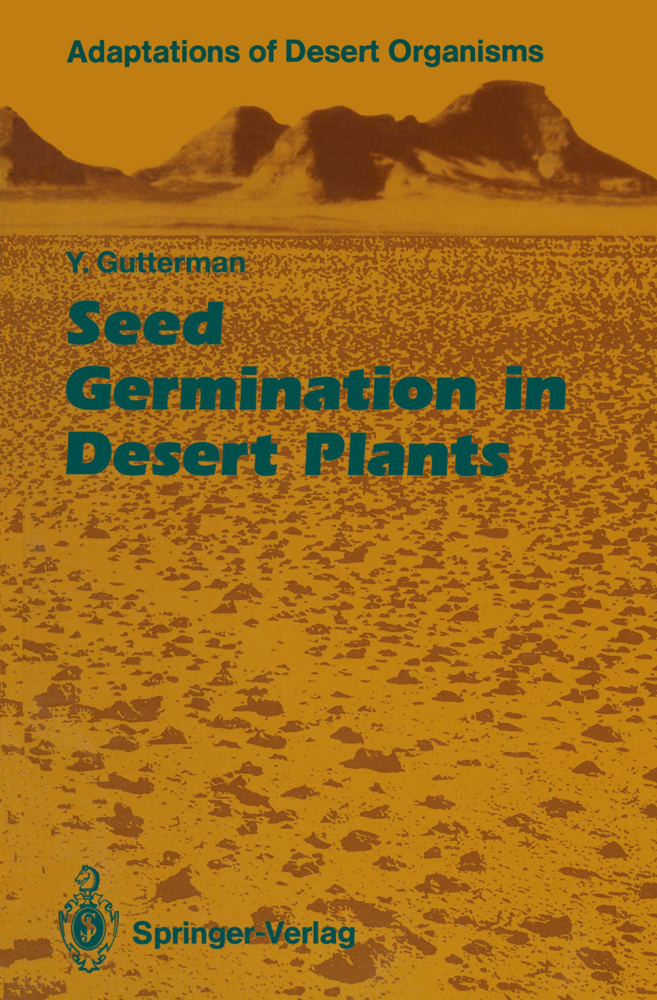Air Pollutants and the Leaf Cuticle
Air Pollutants and the Leaf Cuticle
Plant leaves are covered by a thin, lipoidal, non-living membrane called the cuticle. Forming the interface between plants and the atmospheric environment, it presents an effective barrier to pollutant entry.
The book provides a comprehensive review of air pollutant effects on the cuticle and covers the following thematic areas: - Cuticular physicochemical characteristics, physiological, regulatory, and protective roles. - Effects, mechanisms, and consequences of air pollutant interaction with leaf cuticles. - Non-anthropogenic and environmental influences on the cuticle and potential of the cuticle for biomonitoring and critical levels mapping. - New developments in experimental methodology and analytical techniques.
Modelling Pollutant Deposition to Vegetation: Scaling Down from the Canopy to the Biochemical Level
Air Pollutants and Plant Cuticles: Mechanisms of Gas and Water Transport, and Effects on Water Permeability
Ion Transport across Leaf Cuticles: Concepts and Mechanisms
Effects of Air Pollutants on Epicuticular Wax Chemical Composition
Effects of Air Pollutants on Epicuticular Wax Structure
Leaf Wettability as a Measure of Air Pollution Effects
Air Pollutants and the Cuticle: Implications for Plant Physiology
Cuticular Characteristics in the Detection of Plant Stress Due to Air Pollution - New Problems in the Use of These Cuticular Characteristics
Evaluation of Pollutant Critical Levels from Leaf Surface Characteristics
New Analytical Techniques for Cuticle Chemical Analysis
Leaf Cuticles as Mediators of Environmental Influences: New Developments in the Use of Isolated Cuticles
Section II - New Methods and Contributions
The Effect of the Environment on the Structure, Quantity and Composition of Spruce Needle Wax
Effect of Ozone and Elevated Carbon Dioxide on Cuticular Membrane Ultrastructure of Yellow Poplar (Liriodendrontulipifera)
Spatial Distribution of Sulphate Uptake by Wind-Damaged Beech Leaves
Effects of UV-B Radiation on Wax Biosynthesis
Effects of Acid Rain and Surfactant Pollution on the Foliar Structure of Some Tree Species
Fourier Transform IR Studies on the Interaction of Selected Chemicals with Isolated Cuticles
Effects of Wind and Simulated Acid Mist on Leaf Cuticles
Measurements and Modelling of Ozone Deposition to Wet Foliage
Section III - Effects and Biomonitoring
The Effect of Age, Canopy Position and Elevation on FoliarWettability of Picearubens and Abiesbalsamea: Implications for Pollutant-Induced Epicuticular Wax Degradation
Effect of Elevation and Foliar Age on Maximum Leaf Resistance to Water Vapor Diffusion in Conifers of the Central Rocky Mountains, USA
The Effects of Pine (Pinussylvestris L.) Needle Surface Wax Layer Structure on Water Loss and Uptake of 14C02 and 35S02
Effects of Acid Mist on Needle Surface and Water Status of Piceaabies
Effect of High Dose SO2 and Ethylene Exposure on the Structure of Epicuticular Wax of Piceapungens
Preliminary Observations on the Influence on Increasing Atmospheric CO2 Levels on Cuticular Waxes of Spruce Needles
Effects of Ozone Exposures on Epicuticular Wax of Ponderosa Pine Needles
Observations on the Effects of Acid Rain Treatment on Needle Surfaces of Scots Pine and Norway Spruce Seedlings
Problems in Interpreting Effects of Air Pollutants on Spruce Epicuticular Waxes
Recent Advances Using Electron Beam Analysis to Detect Cuticular Changes Induced by Air Pollution
Physico-Chemical Characteristics of Pine Needle Surfaces Exposed to Different Air Pollution Sources
A Comparison of Epicuticular Wax of Pinus sylvestris Needles from Three Sites in Ireland
Characteristics and Geographical Distribution of the Changes in Scots Pine Needle Surfaces in Finnish Lapland and the Kola Peninsula
Forest Health Monitoring by the Canadian Forest Service: Now and the Future
Section IV - Rapporteurs' Reports
Session 1
Session 2
Session 3
Session 4
Session 5
Session 6
Recommendations by Participants
List of Participants.
The book provides a comprehensive review of air pollutant effects on the cuticle and covers the following thematic areas: - Cuticular physicochemical characteristics, physiological, regulatory, and protective roles. - Effects, mechanisms, and consequences of air pollutant interaction with leaf cuticles. - Non-anthropogenic and environmental influences on the cuticle and potential of the cuticle for biomonitoring and critical levels mapping. - New developments in experimental methodology and analytical techniques.
Section I - Reviews
Plant Cuticles: Physicochemical Characteristics and BiosynthesisModelling Pollutant Deposition to Vegetation: Scaling Down from the Canopy to the Biochemical Level
Air Pollutants and Plant Cuticles: Mechanisms of Gas and Water Transport, and Effects on Water Permeability
Ion Transport across Leaf Cuticles: Concepts and Mechanisms
Effects of Air Pollutants on Epicuticular Wax Chemical Composition
Effects of Air Pollutants on Epicuticular Wax Structure
Leaf Wettability as a Measure of Air Pollution Effects
Air Pollutants and the Cuticle: Implications for Plant Physiology
Cuticular Characteristics in the Detection of Plant Stress Due to Air Pollution - New Problems in the Use of These Cuticular Characteristics
Evaluation of Pollutant Critical Levels from Leaf Surface Characteristics
New Analytical Techniques for Cuticle Chemical Analysis
Leaf Cuticles as Mediators of Environmental Influences: New Developments in the Use of Isolated Cuticles
Section II - New Methods and Contributions
The Effect of the Environment on the Structure, Quantity and Composition of Spruce Needle Wax
Effect of Ozone and Elevated Carbon Dioxide on Cuticular Membrane Ultrastructure of Yellow Poplar (Liriodendrontulipifera)
Spatial Distribution of Sulphate Uptake by Wind-Damaged Beech Leaves
Effects of UV-B Radiation on Wax Biosynthesis
Effects of Acid Rain and Surfactant Pollution on the Foliar Structure of Some Tree Species
Fourier Transform IR Studies on the Interaction of Selected Chemicals with Isolated Cuticles
Effects of Wind and Simulated Acid Mist on Leaf Cuticles
Measurements and Modelling of Ozone Deposition to Wet Foliage
Section III - Effects and Biomonitoring
The Effect of Age, Canopy Position and Elevation on FoliarWettability of Picearubens and Abiesbalsamea: Implications for Pollutant-Induced Epicuticular Wax Degradation
Effect of Elevation and Foliar Age on Maximum Leaf Resistance to Water Vapor Diffusion in Conifers of the Central Rocky Mountains, USA
The Effects of Pine (Pinussylvestris L.) Needle Surface Wax Layer Structure on Water Loss and Uptake of 14C02 and 35S02
Effects of Acid Mist on Needle Surface and Water Status of Piceaabies
Effect of High Dose SO2 and Ethylene Exposure on the Structure of Epicuticular Wax of Piceapungens
Preliminary Observations on the Influence on Increasing Atmospheric CO2 Levels on Cuticular Waxes of Spruce Needles
Effects of Ozone Exposures on Epicuticular Wax of Ponderosa Pine Needles
Observations on the Effects of Acid Rain Treatment on Needle Surfaces of Scots Pine and Norway Spruce Seedlings
Problems in Interpreting Effects of Air Pollutants on Spruce Epicuticular Waxes
Recent Advances Using Electron Beam Analysis to Detect Cuticular Changes Induced by Air Pollution
Physico-Chemical Characteristics of Pine Needle Surfaces Exposed to Different Air Pollution Sources
A Comparison of Epicuticular Wax of Pinus sylvestris Needles from Three Sites in Ireland
Characteristics and Geographical Distribution of the Changes in Scots Pine Needle Surfaces in Finnish Lapland and the Kola Peninsula
Forest Health Monitoring by the Canadian Forest Service: Now and the Future
Section IV - Rapporteurs' Reports
Session 1
Session 2
Session 3
Session 4
Session 5
Session 6
Recommendations by Participants
List of Participants.
Percy, Kevin E.
Cape, J. Neil
Jagels, Richard
Simpson, Caroline J.
| ISBN | 978-3-642-79083-6 |
|---|---|
| Artikelnummer | 9783642790836 |
| Medientyp | Buch |
| Copyrightjahr | 2011 |
| Verlag | Springer, Berlin |
| Umfang | IX, 396 Seiten |
| Abbildungen | IX, 396 p. |
| Sprache | Englisch |

